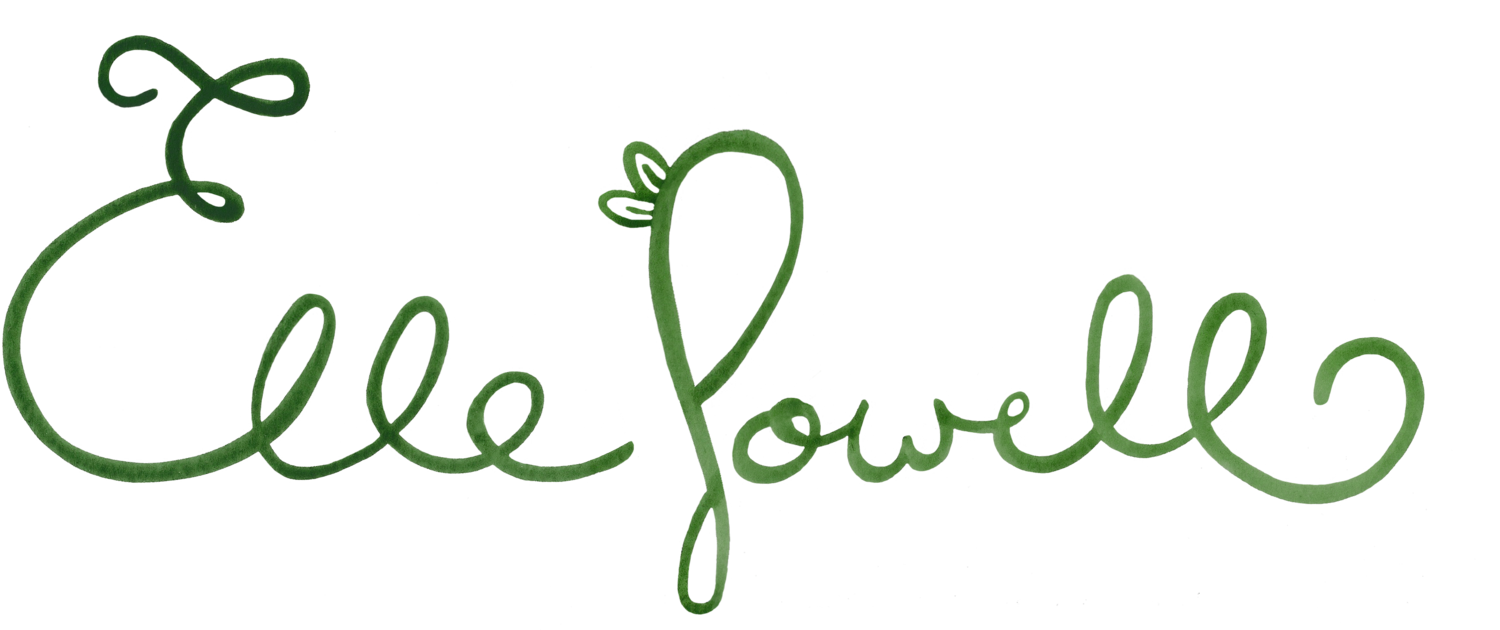Setting SMART goals seems easy when it comes to quantifiable things like a PR in running or saving a certain amount of money. When it comes to the more “abstract” world of artistic pursuits, setting goals can feel more daunting. You might think “I want to get better at drawing”. Or, “I want to become a better digital illustrator”. Those are beautiful intentions, but how do you sit down and make that happen?
Even though I’m a professional illustrator and designer, I still keep a beginner’s mind and strive to always be learning and improving. It’s well-documented that increasing your overall output will lead to increased quality , so my first suggestion is setting a SMART (specific, measurable, attainable, relevant, time-based) goal centered around increasing your output/quantity. But you also don’t want to practice badly (that is, you don’t want to learn how to draw incorrect proportions then lock that in by drawing 100 incorrect figures!) so I use the phrases “portfolio-worthy” and “that I’m happy with” to indicate that the quantity should correspond with quality as well. I also use those phrases because maybe you aren’t going for anatomically accurate proportions, and only you will know when a drawing has met your personal aesthetic preferences.
Below are some examples that you can customize to fit your areas of interest. For all goals, you would add a date of completion – e.g. “I will draw 60 portraits of women in their 60’s by 60 days from now. At least three will be portfolio-worthy.”
For improving drawing:
Draw 30 noses I’m happy with, 30 ears I’m happy with, and 30 hands I’m happy with
Draw 100 fashion illustrations in 100 days
Draw 60 portraits in ten days
Create a collection of ten cohesive pieces I consider portfolio-worthy
Draw ten buildings I want to see in-person
Watch (and follow along with) 20 hours of drawing tutorials
Draw my roommate/spouse/parent one time everyday for a week/two weeks/a month
Draw a person at every age from age 0-100
Draw ten different animals from life
Draw all the houseplants I have in my home
Draw a quick self portrait every time I get ready for work in the morning
For improving painting:
Paint 10 paintings in one day
Paint for 2 hours everyday
Use all the brushes I own in one painting
Create 3 paintings using only one brush
Create ten paintings using only one hue
Paint a series of 30 watercolor paintings, trying a different watercolor technique in each piece
Use acrylic paints on ten different surfaces
Use watercolor paints on ten different surfaces
Create a series of 10 mixed media pieces
Watch 10 hours of painting tutorials and follow along
Paint my breakfast every morning before work
Paint for 30 minutes each evening before bed
For improving ideating/creativity:
Come up with 100 new words I’ve never seen or heard before
Put together a stack of scrap paper with 50 adjectives in one pile and 50 nouns in another pile – draw one from each pile and there’s an idea!
Play with scale. Drawing a human figure and an animal? Try making one of them drastically bigger or smaller than the other.
Try representing an abstract idea using only physical things. (e.g. the concept of “hope” as a little leaf poking through the cracks in the cement.)
Use a composition from a historical work of art, but completely change the figures and setting.
Write without stopping for 30 minutes (even if I run out of ideas, just keep writing my thoughts).
Create a bullet list and don’t stop until I’ve come up with 100 solutions to my prompt
